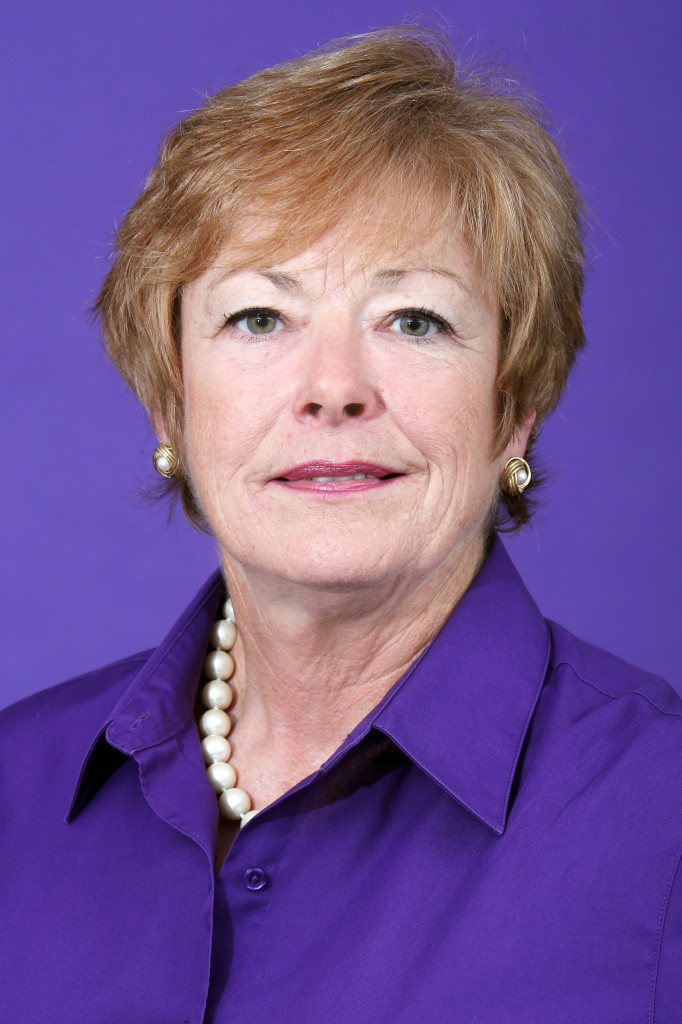As the Koehler Fellow for Student Engagement, I’ve explored a number of new resources this year to improve my knowledge around teaching and learning and to better educate myself on meeting the needs of my students. As we enter a new academic year, you might want to add these titles to your reading queue. An amalgam of neuroscience, cognitive psychology, and clever storytelling, both volumes reinforced some long-held beliefs about effective learning and introduced me to a number of new ideas about ways to engage students and get learning to take hold. Below, I highlight a few ideas from each of the texts that have changed the way I think about and plan for my classes. Perhaps you will find them interesting and useful too.
Make it Stick: The Science of Successful Learning by Peter Brown, Henry Roediger III, and Mark McDaniel.
- Lots of practice works, but only if it’s spaced: For me, this concept reinforced the idea of massed and distributed practice—the notion that when we learn something new, we need to do plenty of practice at the onset, but should continue to return to the issue by practicing over time. In our academic program, we have identified areas of “purposeful redundancy” for just that reason; we want to return to some issues again and again so that the rehearsal is distributed across the whole of the student’s program of study.
- Learning is hard work and making an effort matters: As the authors note, this concept aligns nicely with the work of Stanford Psychologist, Dr. Carol Dweck, who encourages developing a “growth mindset” among our learners (Brown et al 179). By crafting ways to honor and award effort and improvement across a learning process, we can enhance our students’ long-term ability to grasp concepts and engage in higher levels of thinking and understanding. This could mean working on a project or task over a longer period of time across a semester and having benchmark check-ins along the way. By seeing how students perform across the process and crediting their progress over time, we help to promote the idea that putting forth effort is meaningful and it matters.
How We Learn: The Surprising Truth about When, Where, and Why it Happens by Benedict Carey.
- Vary practice/learning locations: For some time now, many of us have subscribed to the idea that a quiet, consistent place is the best spot for learning. Carey instead suggests that altering our routines is good practice. Regularly changing the organization of the classroom, using different configurations and seating arrangements—from a horseshoe shape to a large circle to various table arrangements for differing groups of students may actually help to activate the brain because the typical has been disrupted or altered. Adjusting the instructional delivery method is another way to “shake it up” in your classroom. Try alternating multimedia presentations with group case studies or fish bowl exercises. As Carey notes, “Mixed-up practice doesn’t just build overall dexterity and prompt active discrimination. It helps prepare us for life’s curveballs, literal and figurative” (171).
- Use brainteasers and try to respond from memory: Tapping into this concept means that, from time to time, it might be appropriate and fruitful to have students conjure previously learned material from memory. Students could begin by jotting down what they can recall first as individuals, and then work in pairs or small teams to continue to jog their memories. “There is a benefit [to this strategy] as well: It also shows you immediately what you don’t know and need to circle back and review” (Carey 226).
- The sooner you begin a long-term creative project, the more percolation time you have: This teaching and learning strategy has implications for the way we plan and execute instruction across a semester. When assigning a long-range activity or task, it may be best to get students going earlier in the semester so they have ample time to let their ideas gel. With periodic check- ins, you can make sure they are working, on track, and making progress and allow them plenty of think time to do their best, most creative work.
What strikes me about both of these books is how easily I can weave many of the ideas about teaching and learning into my course syllabi and classroom activities. With just a few minor adaptations, I believe I can better pique students’ interests and enhance the lasting learning experiences I desire for all learners.
Works Cited
Brown, Peter, Henry Roediger III, and Mark McDaniel. Make it stick: The science of successful learning. Cambridge, MA: Belknap Press of Harvard University Press. (2014).
Carey, Benedict. How we learn: The surprising truth about when, where, and why it happens. New York: Random House. 2014.
 This article was written by Marla McGhee, College of Education and Koehler Center Fellow for Student Engagement for the Fall 2015 Issue of Insights.
This article was written by Marla McGhee, College of Education and Koehler Center Fellow for Student Engagement for the Fall 2015 Issue of Insights.